The Gift of South Dakota
Subscriptions to South Dakota Magazine make great gifts!
Subscribe today — 1 year (6 issues) is just $29!
Elk Magic
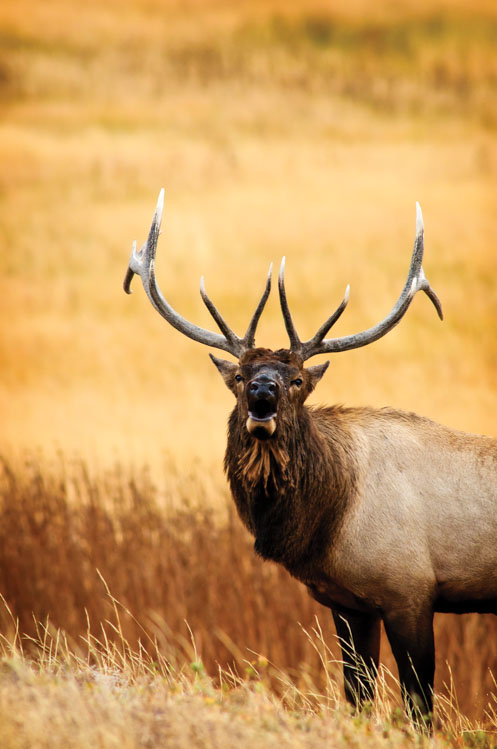 |
| Elk bugle during the fall as part of the mating season ritual. |
We sat in the truck and waited for the October sun to set over the gentle hills of Wind Cave National Park. A giant buffalo sauntered just a few yards away. Through the windshield we saw coyotes hunting in the distance. We heard geese calling and coyotes howling. Not a bad opening act, I thought, for what we had come to hear — the distinct and haunting bugling of elk.
I had never heard an elk bugle, and I had avoided the temptation to search for the sound on the internet before our outing. But I knew those were the words often used to describe the sound: distinct and haunting and also ethereal, eerie, powerful.
We waited for sunset because the first rule for hearing elk is that timing is everything. Elk only bugle during their mating season, primarily in September and October, and most often from sunset to sunrise.
I learned this from my guide that evening — Dan Tribby, a lifelong elk and nature lover. Tribby’s day job is the manager of Prairie Edge and Trading Post, a Native American goods and art store in downtown Rapid City.
Tribby said Wind Cave is a good place to start for beginners because there is no hunting in the park. Consequently, the elk are less likely to be wary of the sounds of people and vehicles. We met at the visitor’s center and drove a short distance to the parking lot near Cold Brook Canyon Trail on Highway 385.
Along the way, Tribby educated me on elk behavior. Bull elks, he said, build harems of 15 to 20 cows, and then fight off other bulls. That’s mostly what the bugling is about every fall. They are signaling to other bulls in the area that they are with their cows; be scarce or beware. However bulls without a harem may also be bugling. They are assessing the lay of the land, and probably hoping to steal some cows.
Elk once roamed as far east as mountains in Pennsylvania and West Virginia. Their original name is wapiti, a Shawnee word meaning “white rump.” English settlers called them elk, the term for a European moose. Hunters greatly diminished American elk numbers from 10 million to under 100,000, and by 1900 South Dakota’s elk population was near extinction. Rocky Mountain elk were captured and used to repopulate herds in South Dakota between 1911 and 1916, and by 1928 herd numbers had grown to around 1,000. Today, 6,000 to 8,000 elk inhabit the Black Hills National Forest, Custer State Park and surrounding prairies. They can also be found on grasslands in Butte, Bennett and Gregory counties and on the Lower Brule Indian Reservation.
As we waited for the sun to go down, Tribby reminisced on his first experience with elk. “They are just so magnificent,” he said. “I was in high school when I saw my first wild elk in the Black Hills and I have loved them ever since. They were such a rarity, like mountain lions back in those days. And the more you saw them the more you fell in love with them.”
Tribby had an archery license to hunt elk in 1997 and a rifle license in 2007. He describes the time of hunting elk with his bow tag as among the most joyful 30 days of his life. “They are so big, the size of a horse. I can’t understand how a horse with antlers can sneak up on you but they do. I was hunting outside of Sturgis one day and I turned around and there was a monstrous bull just 50 feet away. It was magical. I could look through the spruce tree and could see his eyes and he was looking at me through the spruce tree.”
I saw a pattern. People who have heard the bugling use the same words; majestic, magnificent, charismatic and magical. While I don’t think you can become addicted to a sound, they all want to repeat the experience.
The sun was setting, so Tribby and I began to walk to the top of the nearest ridge because the bugling carries farther at higher elevations. Meanwhile, Tribby continued to tell me of his elk adventures. “There have been so many good times calling them in for people,” he said. “It changes their life, you know. I still love going for rides with my mom, whether we see them or not. We call them from the car. She’s 90 now and won’t go trudging through the woods looking for them, but she sure likes to hear them bugle.”
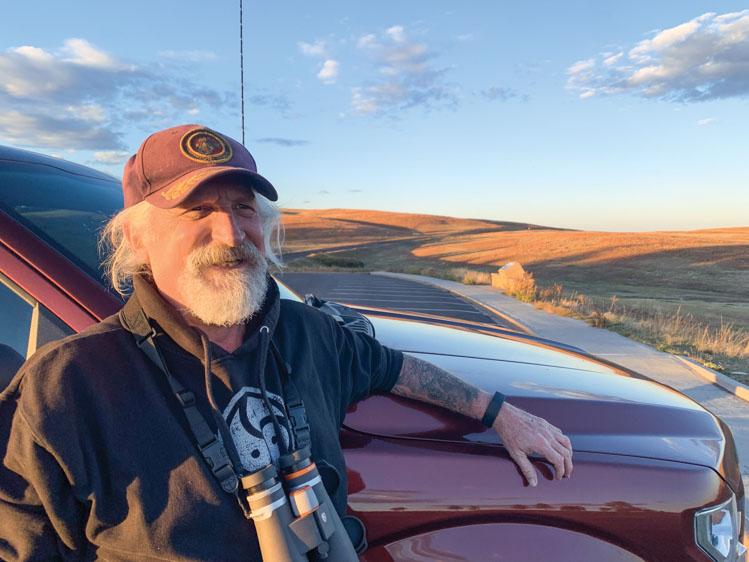 |
| Dan Tribby, manager of Prairie Edge Trading Post in Rapid City, has been enamored with elk since he first saw one in the Black Hills as a teenager. He still enjoys trips into the wild each fall to hear them bugle. |
That night we listened atop the ridge in Wind Cave for about an hour. Coyotes continued to call. It did feel magical — merely being in the mountains after dark was a thrill. But we didn’t hear any elk. Instead of being disappointed, I was intrigued and promised myself more opportunities.
A few months later I called Chad Lehman, senior wildlife biologist at Custer State Park to ask about bugling in the park. Lehman, too, it turns out, is an elk enthusiast. He has hunted elk for 22 years throughout the West. He had some additional tips for first timers hoping to hear bugling.
“Bulls will start bugling at the end of August but it is rare to hear,” Lehman said. The rut picks up around Sept. 20-25, but the best bet is Sept. 20-30. “That’s when cows are being bred. So you could hear a bugle every minute during that time, but in early September maybe only one or two bugles an hour.”
Lehman recommends keeping a safe distance from elk, but he doesn’t see a problem with elk safety in South Dakota. “In Estes Park some elk have lost the element of being scared because they aren’t hunted. They have attacked cars and people. But fortunately we don’t have a population habituated to people,” he said.
I asked him why people are so intrigued by elk. He chuckled and understood the question. “I look at it as people in general love being outdoors and studying the behavior of animals. That’s anyone from someone who grew up in the country or someone from the city. There’s an innate characteristic in people who love being outside. And with elk, when you’re talking about the peak of rutting season, you can see and hear things in nature that are unmatched.”
Ralph Waldo Emerson philosophized in his essay “Nature” that experiencing the outdoors is the closest one can get to God, and to truly be at one with nature and God is to not only observe it but also be absorbed by it. “Standing on the bare ground — my head bathed by the blithe air — and uplifted into infinite spaces — all mean egotism vanishes,” he wrote. “I become a transparent eye-ball; I am nothing; I see all; the currents of the Universal Being circulate through me; I am part or particle of God.”
Tribby, Lehman and other elk-lovers I’ve met all seem to share an appreciation for the wonder and majesty as described by Emerson. At the end of our night at Wind Cave, Tribby told me about a time when he was walking in the forest and happened to see an elk tooth out of the corner of his eye. “Just to walk around and see an elk ivory is unheard of,” he said. “Every elk only has two ivories.” Tribby picked it up and resumed his hike.
When he returned to Prairie Edge, he overheard two co-workers who were making an elk tooth dress for their daughter. They needed one more elk ivory to complete it, and they wondered where they might find one. Tribby happily gave his to them. “The spirits were working for us that day,” he said.
Magical.
Editor’s Note: This story is revised from the September/October 2022 issue of South Dakota Magazine. To order a copy or to subscribe, call (800) 456-5117.


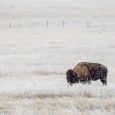
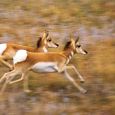
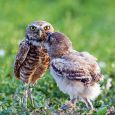
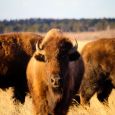
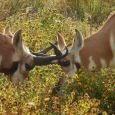
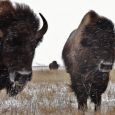


Comments